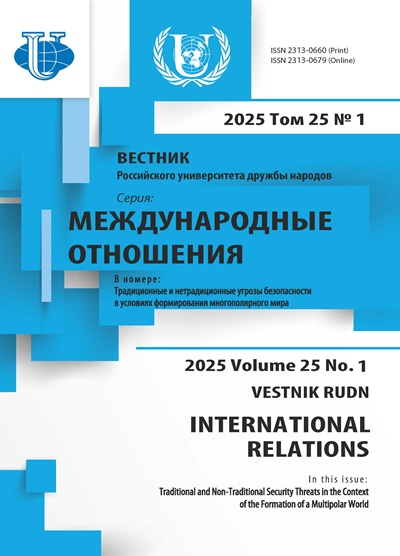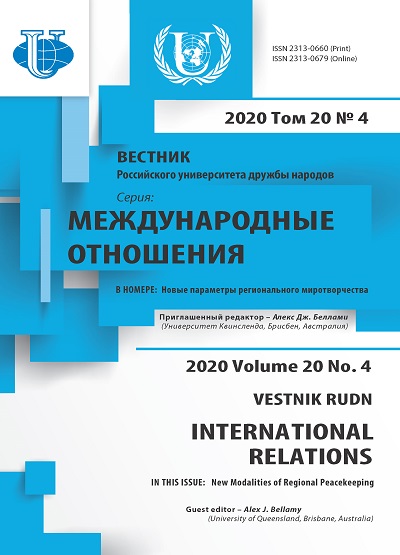Abstract
With its key geostrategic position in the center of the Eurasian continent, Uzbekistan has a prominent impact on the nature of the development of interregional relations in Central Asia. After the transit of power in the republic that took place in 2016, a gradual transformation of Uzbekistan’s foreign policy model was carried out - from a closed and isolated to a proactive one. This led to several major changes - there was a significant improvement in both the nature of cooperation and the regional dialogue between the countries of Central Asia. The author analyzes the changes in Uzbekistan’s foreign policy in the Afghan direction, their reasons and the impact they had on the position of the republic both in the Central Asian region and in the international arena. This is especially relevant given both the importance of Afghanistan and Uzbekistan as partners for each other and the degree of threats posed by the difficult internal political situation in Afghanistan and holding back their bilateral interaction. As a methodological basis for the study, we used a systematic and comparative analysis of Uzbekistan’s approaches to solving security issues through the implementation of its foreign policy towards Afghanistan until 2016 and after. They also considered both internal factors influencing the formation of Uzbek approaches to the southern neighbor, and external ones. The theory of political realism was used as a theoretical basis for the study. The change of power in Uzbekistan in 2016 marked a radical revision of Tashkent’s approaches to the Afghan vector of its foreign policy. Uzbekistan has begun to implement a strategy to stabilize the situation in Afghanistan through the pragmatic development of economic cooperation and support for a peaceful inter-Afghan dialogue, abandoning a rigid isolation policy towards its southern neighbor. At the same time, the main emphasis in mediation activities was placed on formats that were supported by the United States. Thus, today, thanks to the revitalization of its Afghan agenda, Uzbekistan is actively increasing its authority in the international arena as an important regional player for Afghan regulation.











